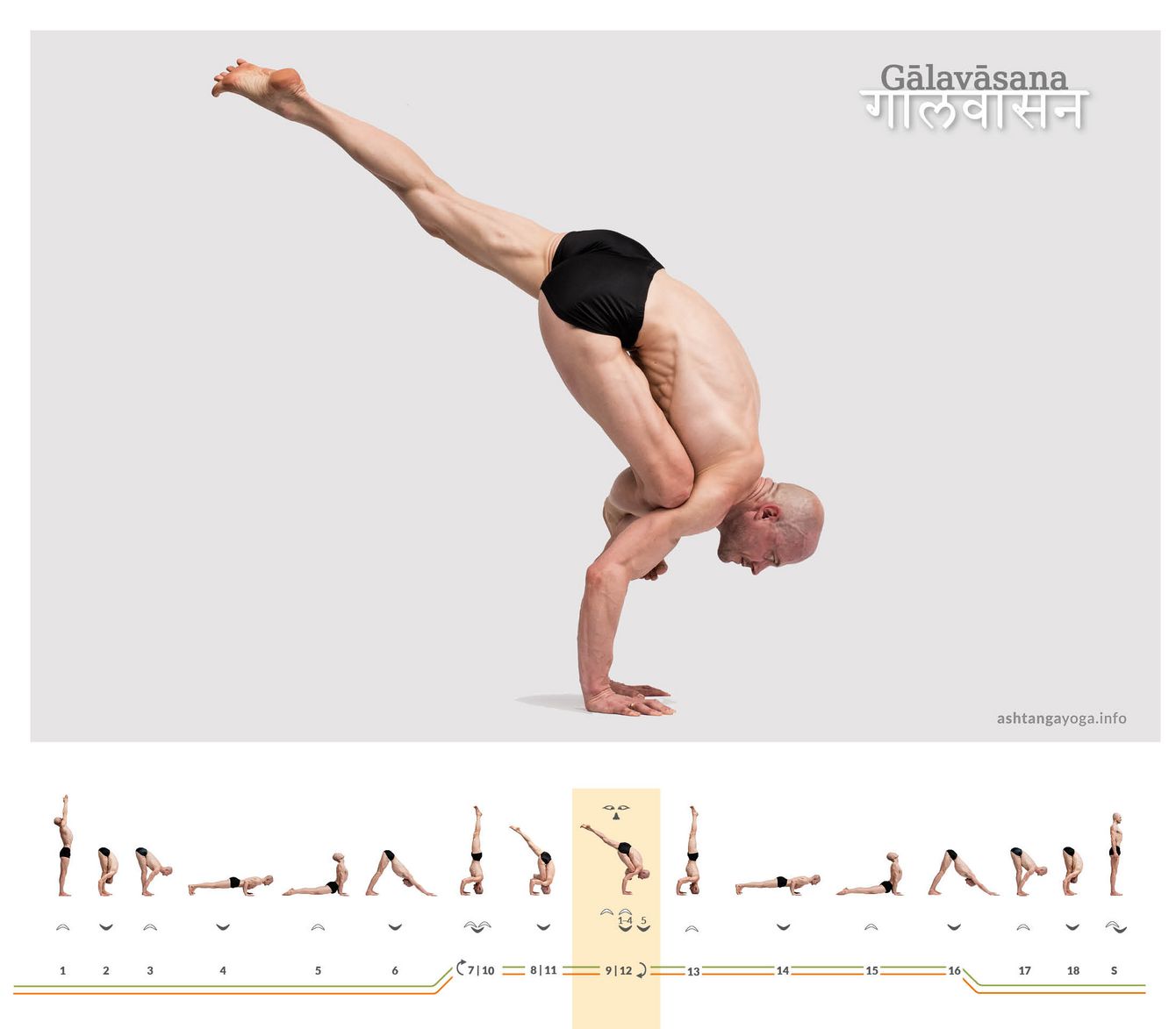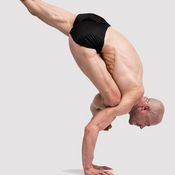

Mythology: Gālava was a disciple of the wise Viśvāmitra. In the Mahābhārata, it is told that upon the completion of his studies, Gālava wanted to give his teacher, Viśvāmitra, a guru dakṣiṇā (gift).
Viśvāmitra became irritated and demanded 800 horses, each with one black ear. This task seemed initially impossible to Gālava. Therefore, he sought help from Garuḍa, a mystical eagle. Garuḍa took him to King Yayāti in Pratiṣṭhāna.
However, King Yayāti could not help him with the 800 horses either, but he gave him his daughter, Madhavī. Gālava arranged marriages for Madhavī with three kings: Haryaśva of Ayodhyā, Divodāsa of Kāśī, and Uśīnara of Bhoja. Since Madhavī bore each of the three kings a son, Gālava received 200 horses from each as a dowry.
Gālava could not find a fourth king, therefore he eventually returned to Viśvāmitra with 600 horses and offered Madhavī as the equivalent for the missing 200 horses. Viśvāmitra accepted this offer and had a son named Aṣṭaka with Madhavī.
This story doesn't represent my views on gender equality. Quite contrary: For me it highlights that ancient India had its injustices too.
In the story, Madhavī remained a virgin despite her marriages and motherhood, through a boon. When Viśvāmitra retired to the forest, Madhavī, as the mother of three kings and a sage, had fulfilled her karmic duty and returned to her father. Viśvāmitra handed over his hermitage and his horses to Aṣṭaka and Gālava. Gālava ultimately also withdrew to the forest for meditation.
The story of Gālava offers multiple levels of significance that can be symbolized through the practice of Gālavāsana in yoga. Gālava's endeavor to fulfill his guru's seemingly impossible demand reflects the dedication, perseverance, and innovative thinking that are required in practice and in life. The pose Gālavāsana, which demands balance, strength, and focus, mirrors these qualities. It teaches practitioners steadiness and composure under challenges, embodying the very qualities that Gālava demonstrated on his journey: determination and respect for teachers. Ultimately, the journey is often just as important as the destination.
In the traditional count: Begin directly from "Downward-Facing Dog" pose in the previous sequence.
Vinyāsa 7 - Inhale, Exhale, Inhale:
Inhale, jump out of the "Downward-Facing Dog" position into an arm balance. Exhale, bend your elbows while extending your legs. Gently place your skull in front of your hands on the ground, so that the three points of contact form an equilateral triangle. Head, shoulder girdle, pelvis, and feet should now be approximately aligned vertically. Inhale here.
Vinyāsa 8 - Exhale:
Lower your right leg on the exhalation and place your right shin on your upper arms near your armpits.
Tip: First, place your right ankle on your left thigh, as close to the knee as possible. Then you can use your left thigh to gently push your right ankle toward your left armpit.
Vinyāsa 9 - Inhale, 5 breaths, Exhale:
Inhale, straighten your arms, and lift your head off the ground. Stabilize the pose by pressing your shin against your armpits. Stay here until the fifth exhalation.
Note: In Ashtanga Yoga, the extended left leg and the upper body point diagonally into the air. However, there is a variation of the pose where you can support the upper body on the elbows and balance the body horizontally.
Vinyāsa 10 – Inhale:
At the end of the exhalation, lower your head back to the ground and inhale to extend your legs back up into the tripod headstand.
Vinyāsa 11-13:
Repeat the sequence of movements from Vinyasa 8-10 on the left side.
Tip: Don't just fall out of the tripod headstand into Caturāṅga Daṇḍāsana. First, lower your straight legs until your toes almost touch the ground. From there, give an upward impulse with your legs. This will effortlessly lift your head so you can control your descent into Caturāṅga Daṇḍāsana.
Vinyāsa 14 to 16:
Follow the movement flow you are already familiar with until you come to a halt in "Downward-Facing Dog."
In the traditional count: Proceed directly into the movement flow of the next posture.
Effect: As an arm balance, Gālavāsana strengthens the wrists, arms, and shoulders. The pose activates and fortifies the core muscles. Additionally, it combines external rotation with flexion in the hip joint, making it one of the hip-opening postures.
Fotograf: Richard Pilnick - www.richardpilnick.com


 Dr. Ronald Steiner
Dr. Ronald Steiner
Messages and ratings